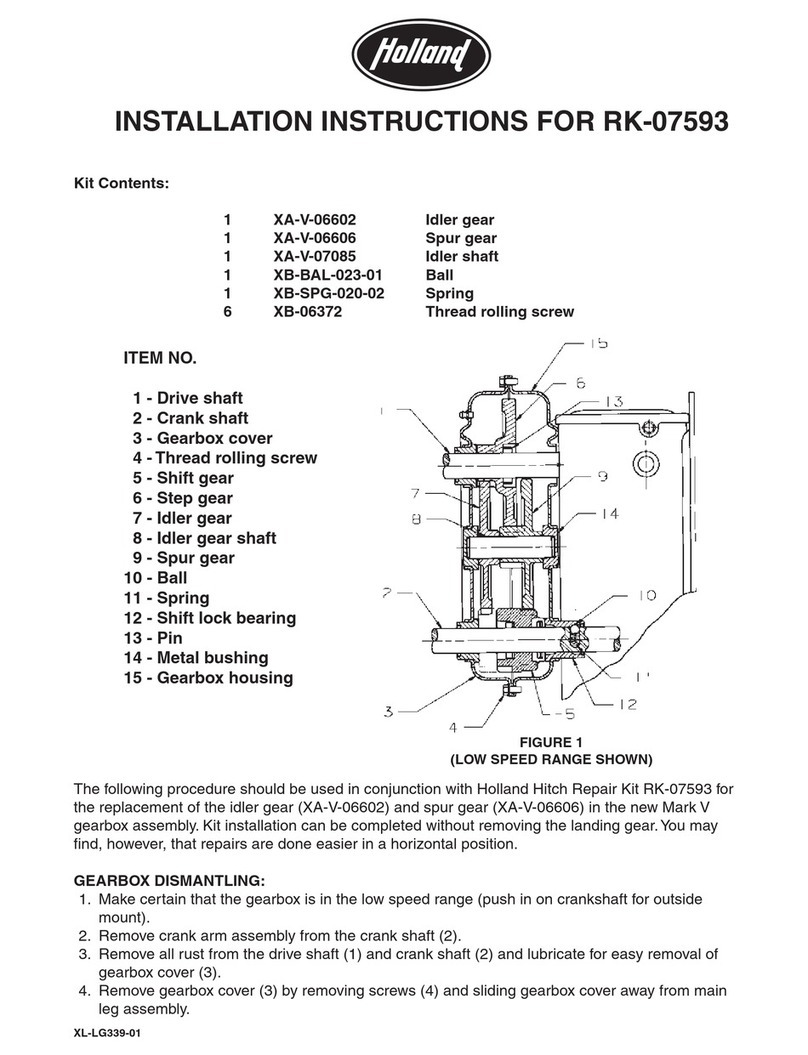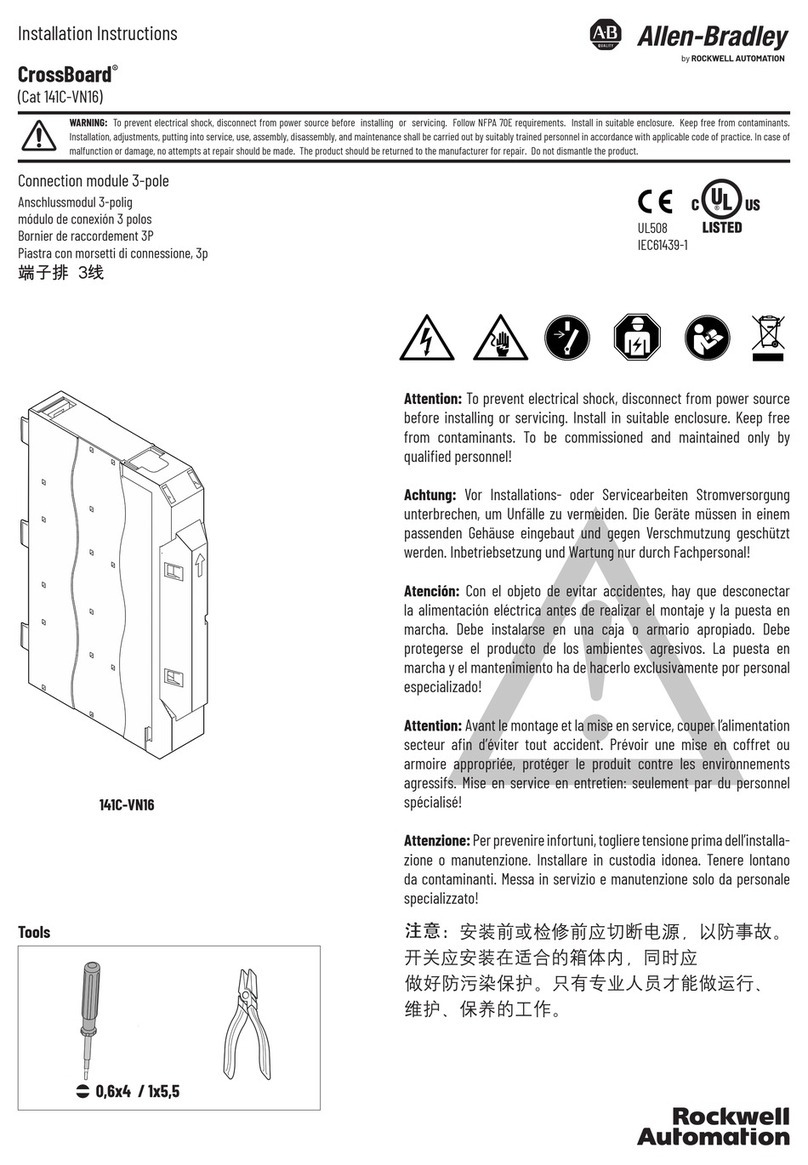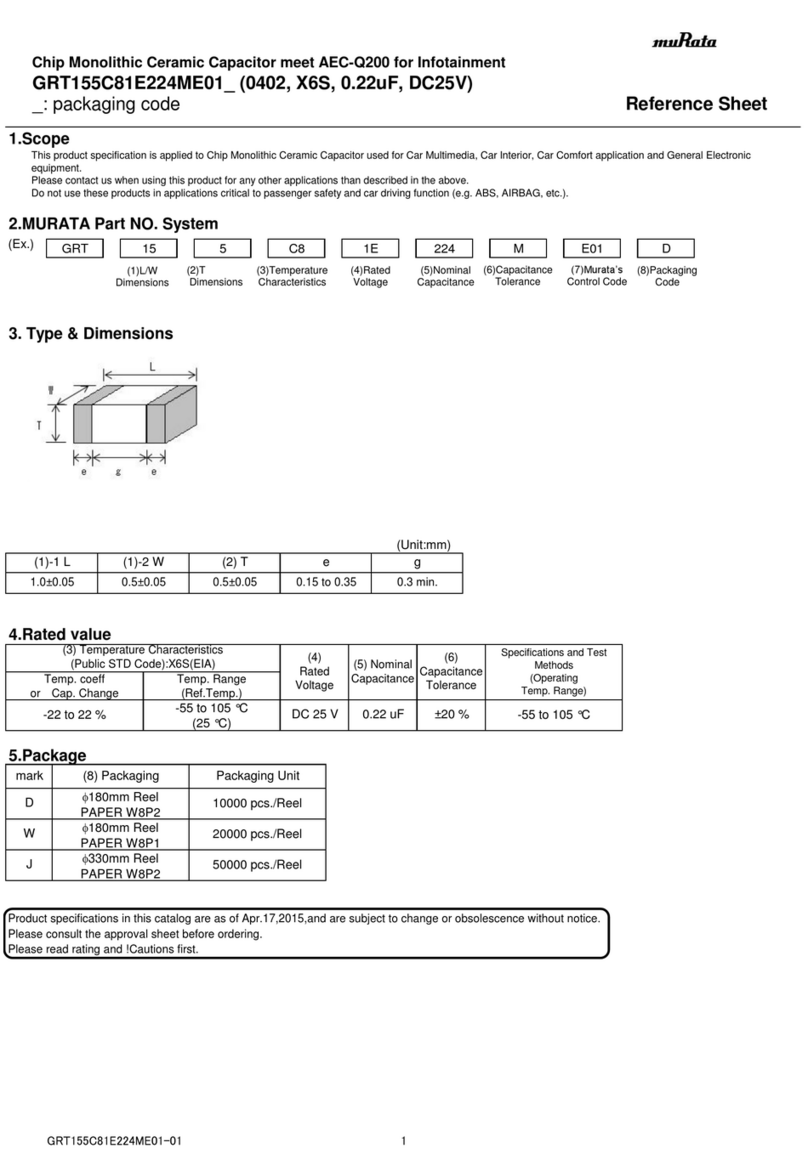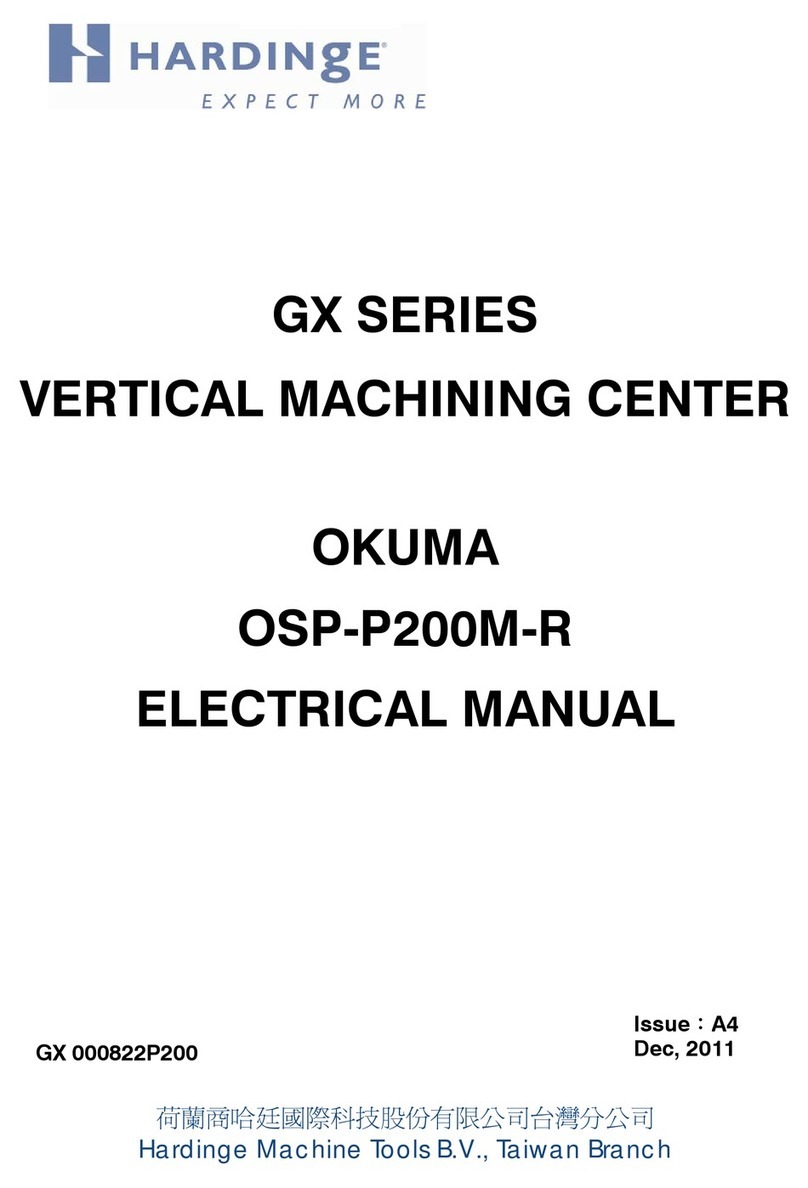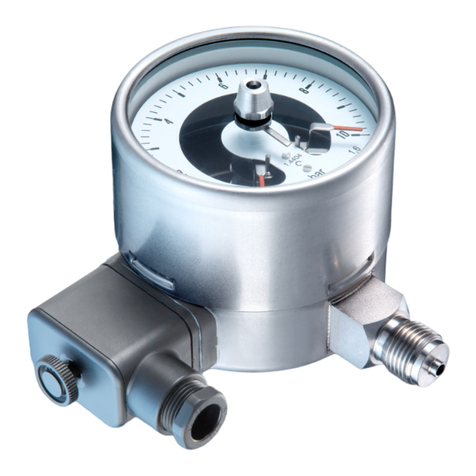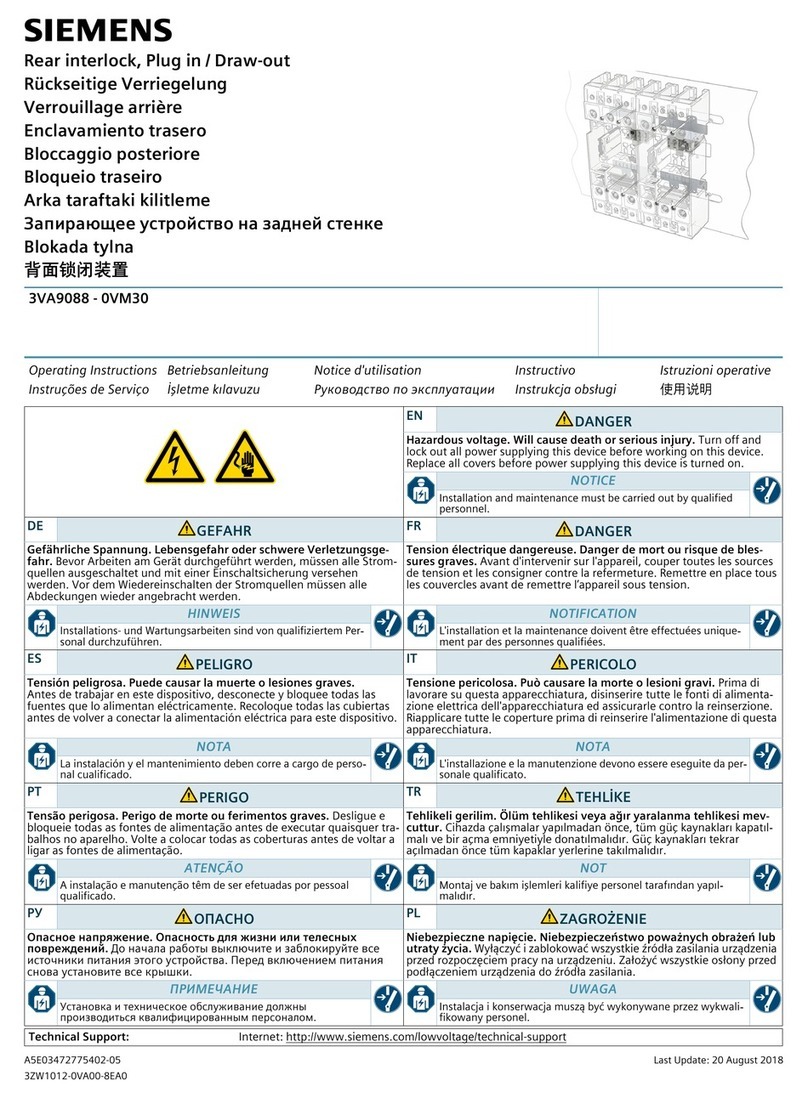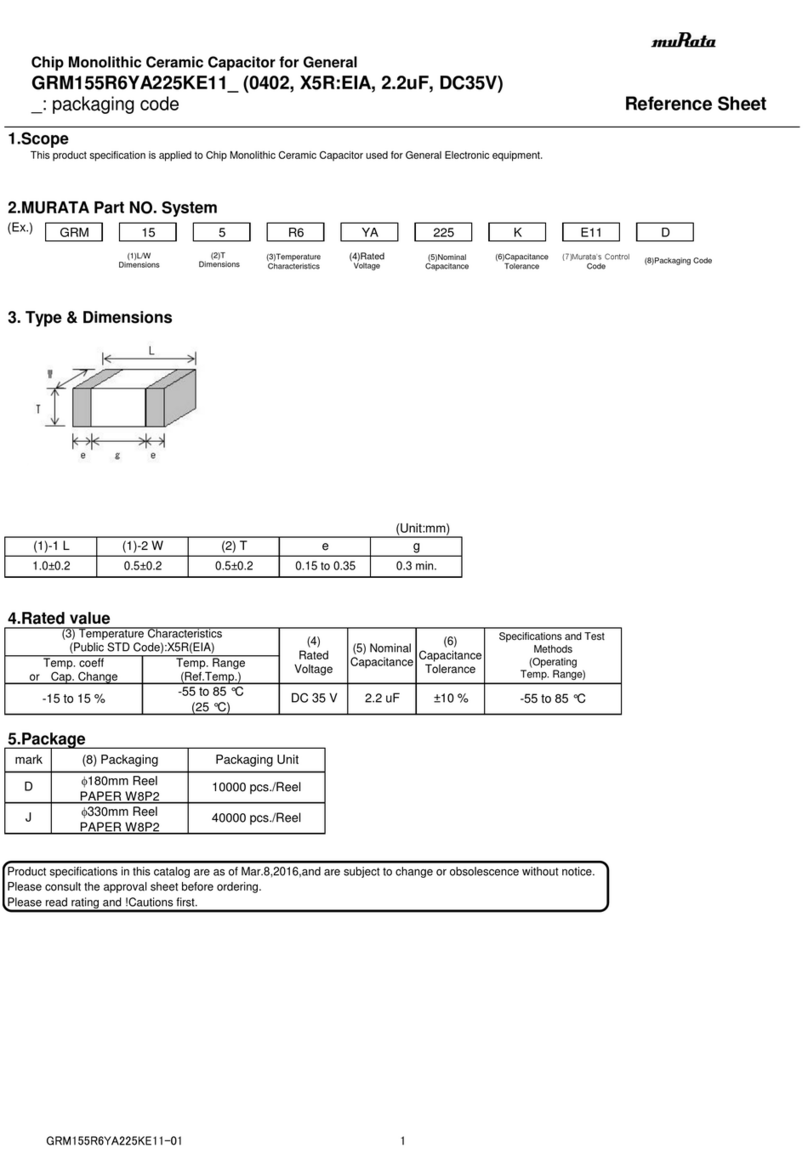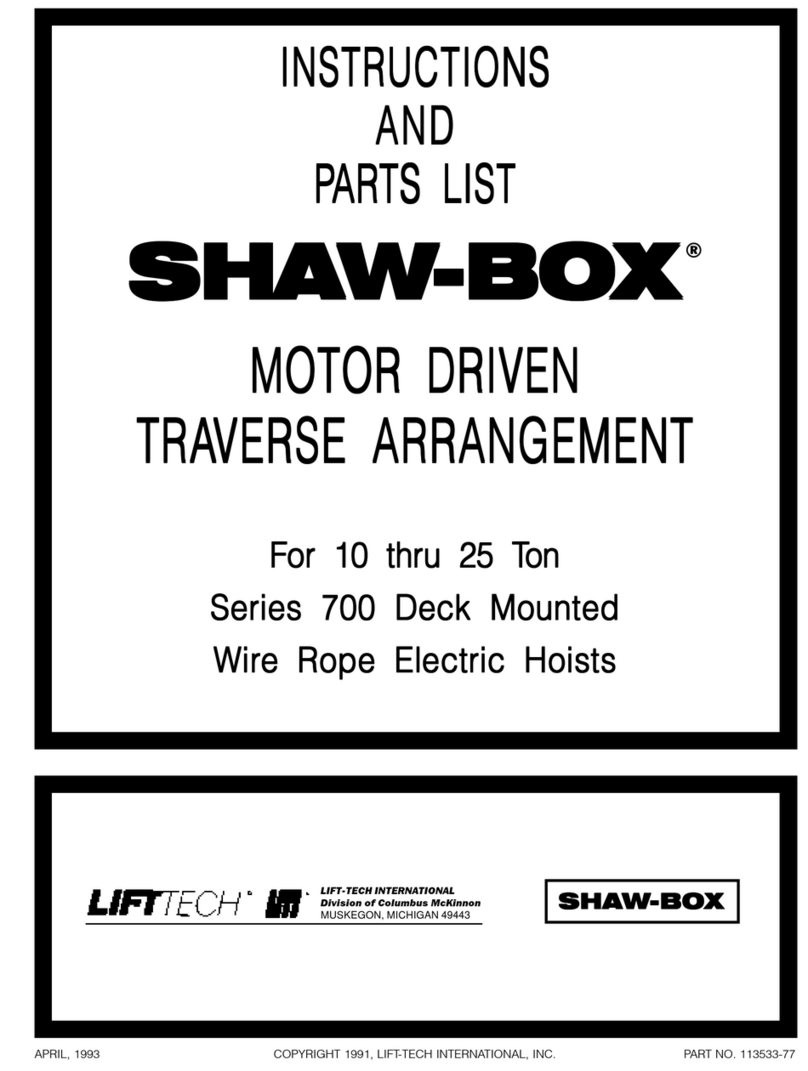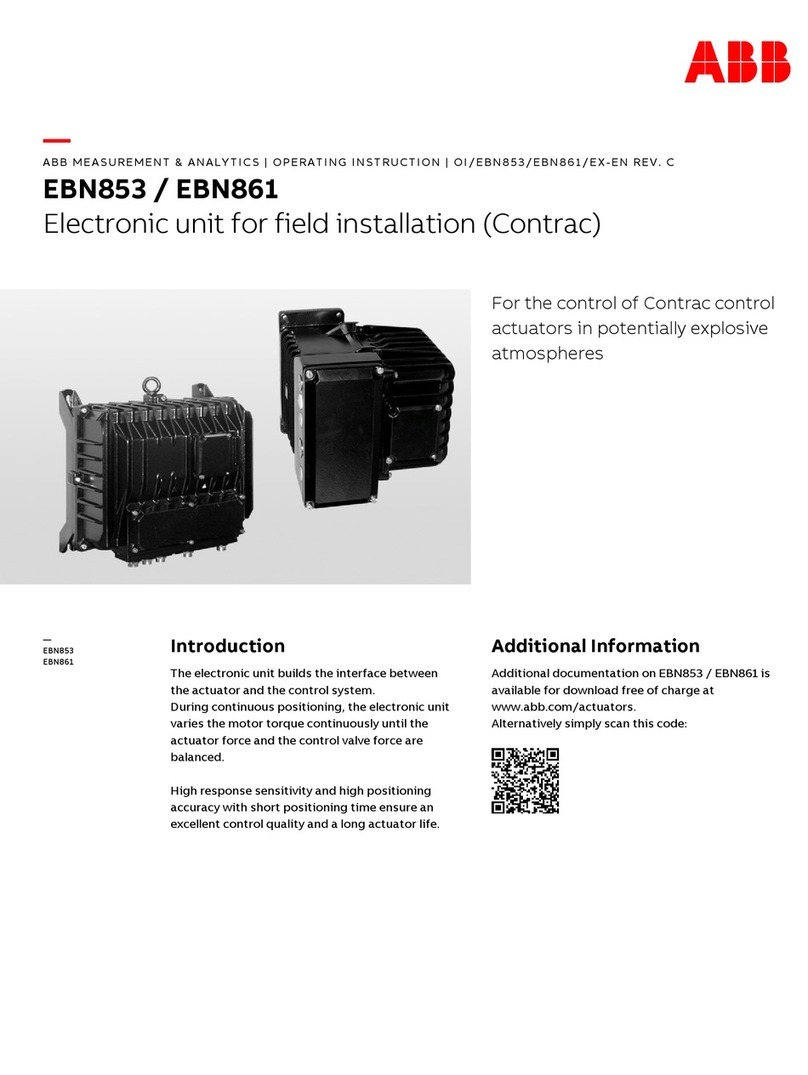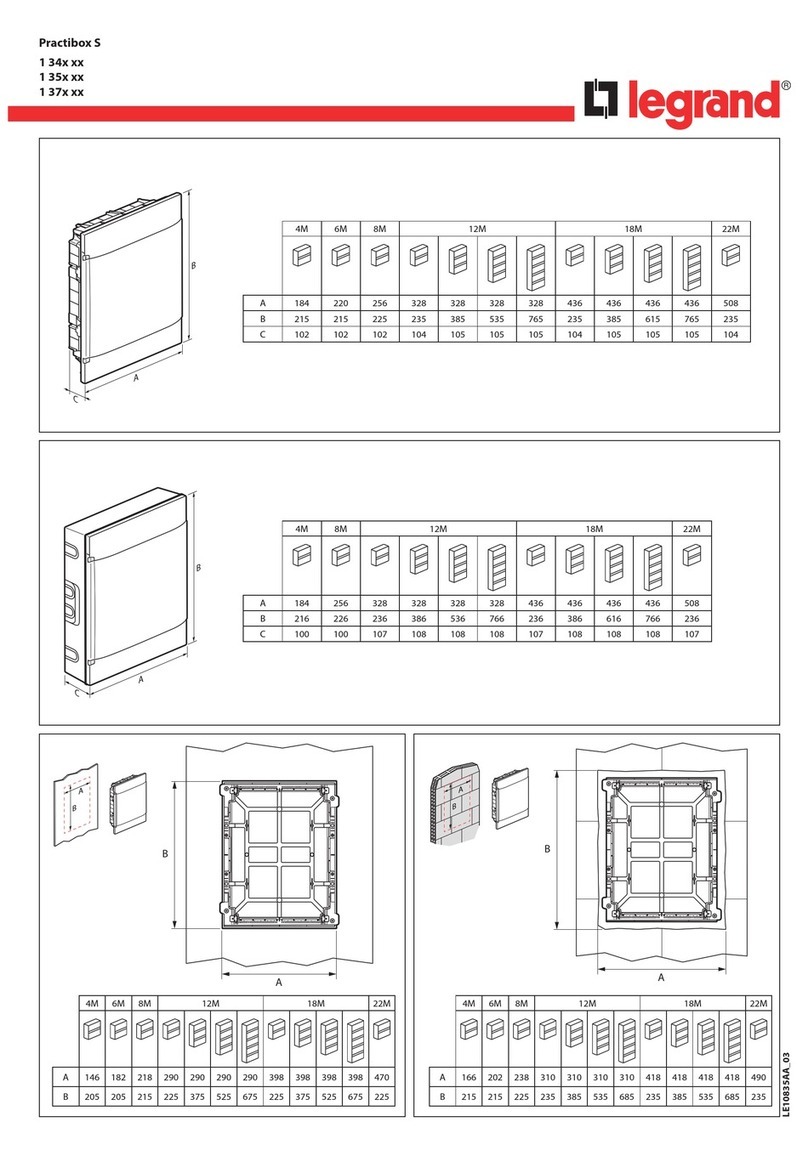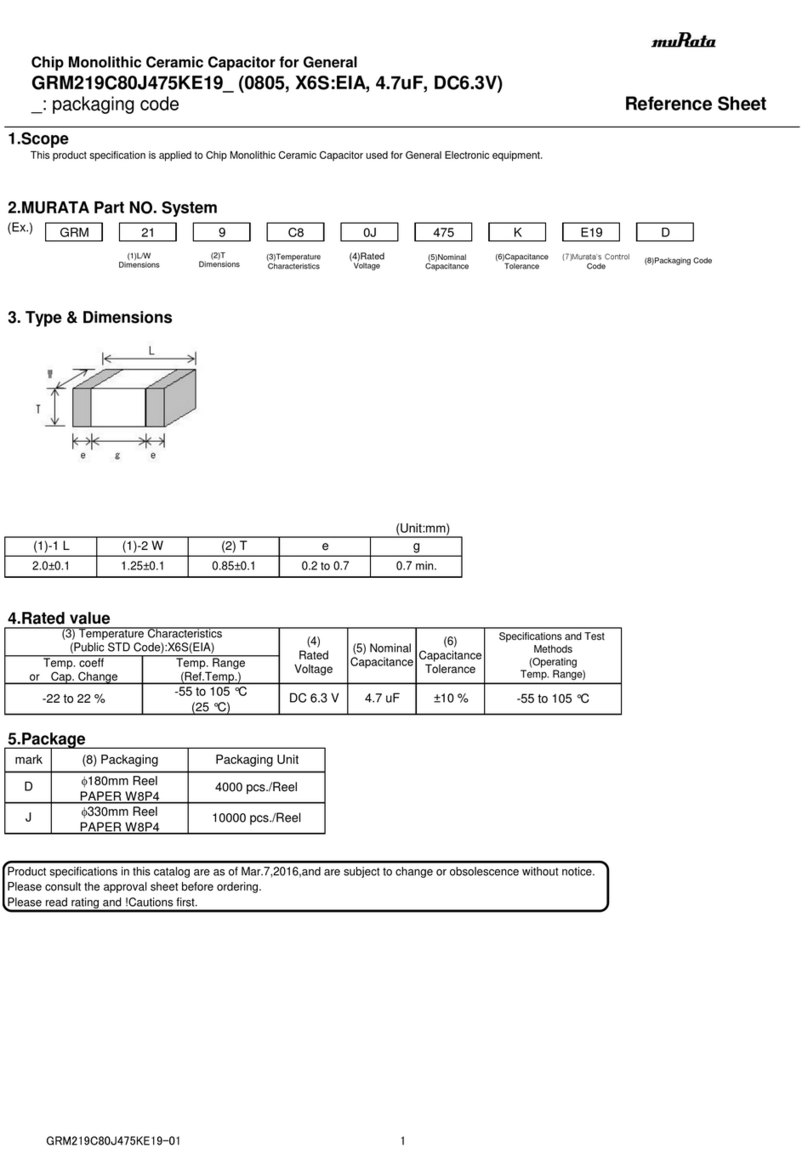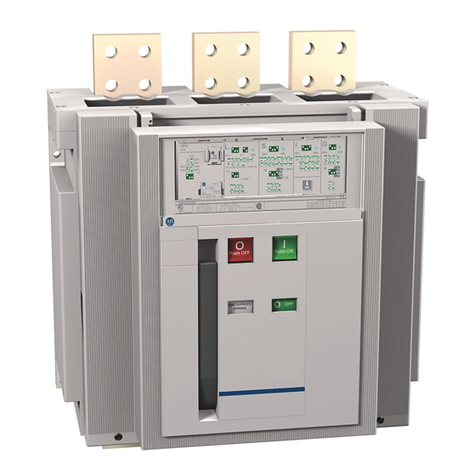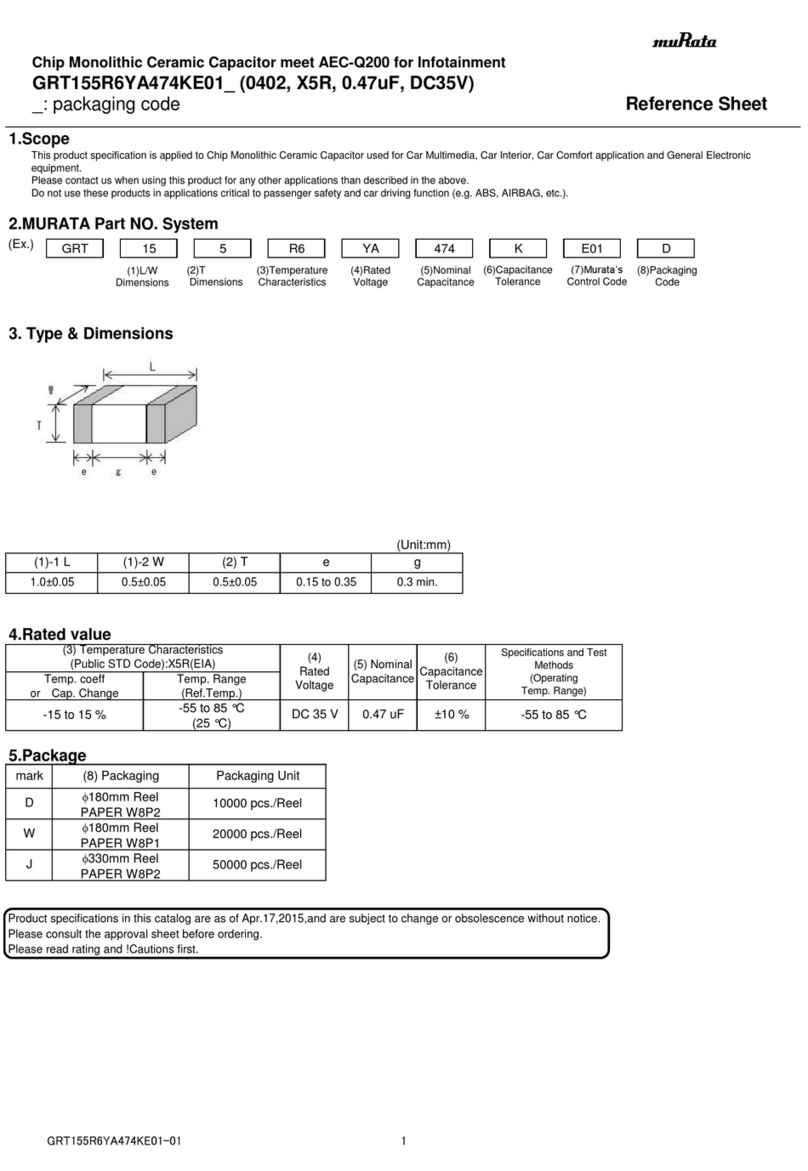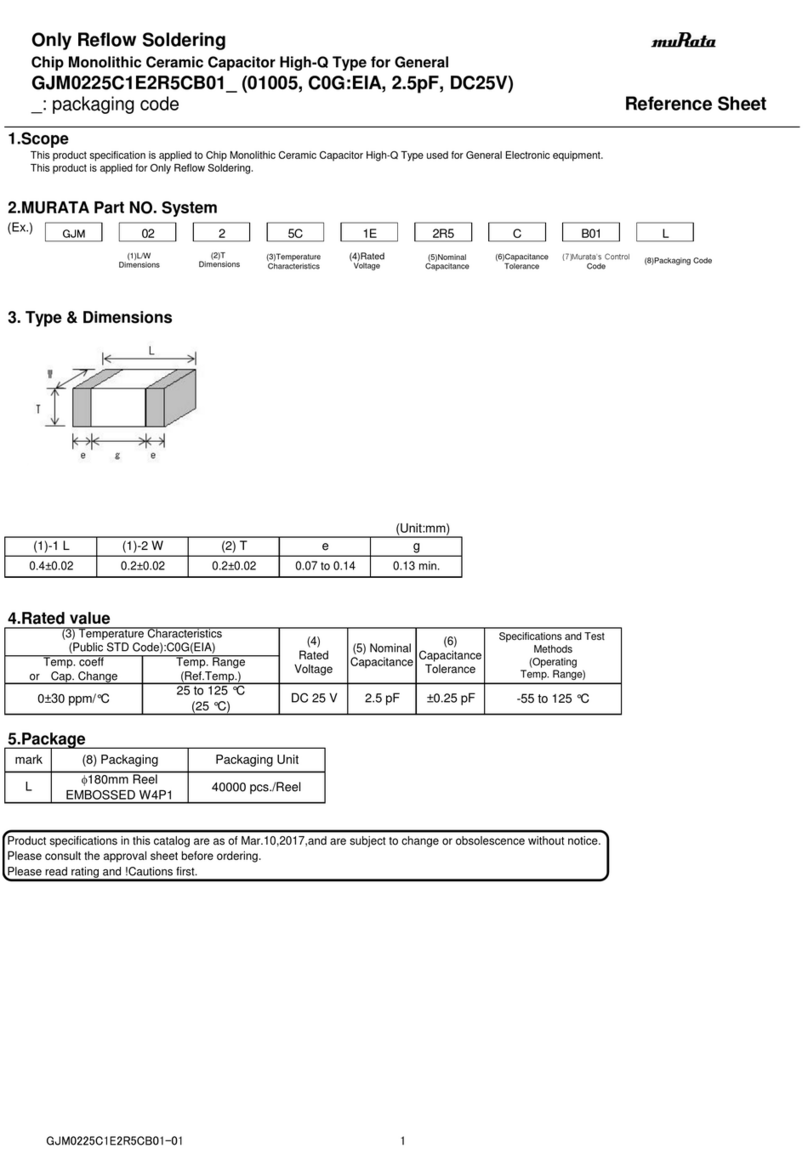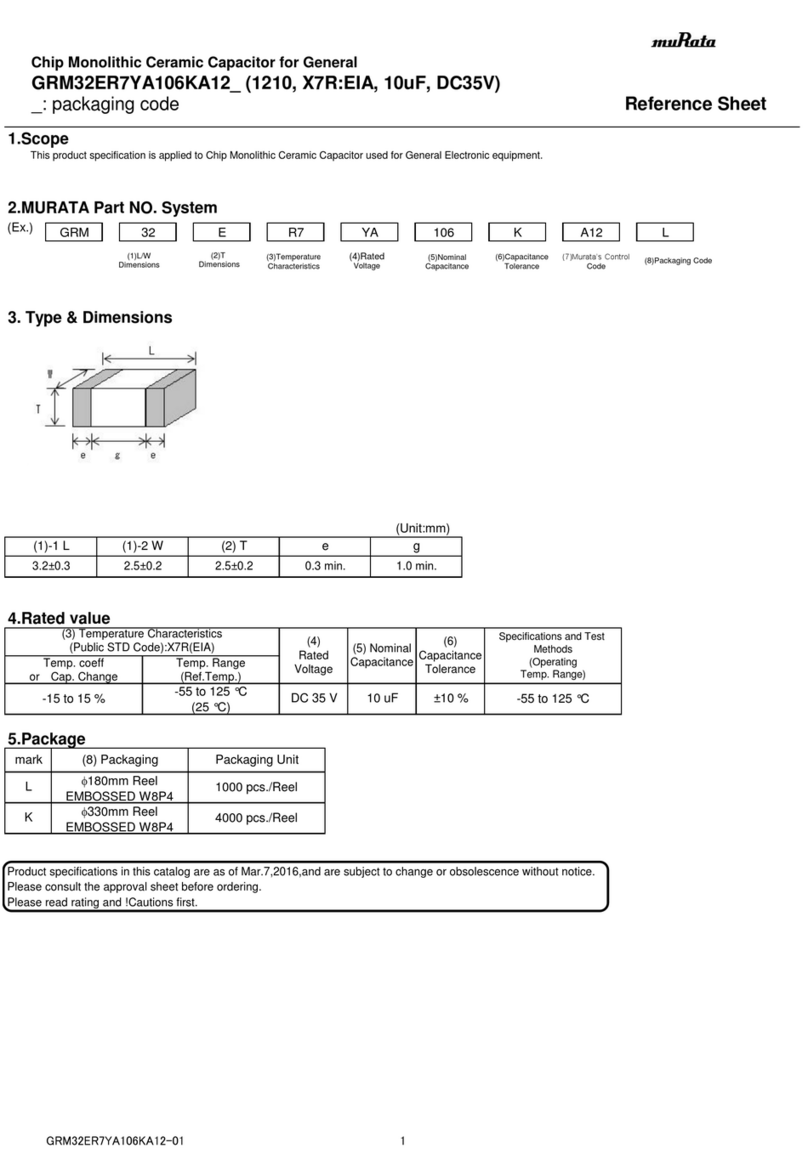
Page 3
EPS Stromversorgung GmbH
Alter Postweg 101 • 86159 Augsburg
Germany
Fon: +49 821 / 570451-0
Fax: +49 821 / 570451-25
www.eps-germany.de
info@eps-germany.de
ELR 9000 Series
TABLE OF CONTENTS
1GENERAL
1.1 About this document......................................5
1.1.1 Retention and use..........................................5
1.1.2 Copyright........................................................5
1.1.3 Validity ............................................................5
1.1.4 Symbols and warnings ..................................5
1.2 Warranty.........................................................5
1.3 Limit of liability ................................................5
1.4 Disposal of equipment ...................................6
1.5 Product key ....................................................6
1.6 Intended usage ..............................................6
1.7 Safety .............................................................7
1.7.1 Safety notices.................................................7
1.7.2 Responsibility of the user...............................7
1.7.3 Responsibility of the operator .......................8
1.7.4 User requirements .........................................8
1.7.5 Alarm signals..................................................9
1.8 Technical data ................................................9
1.8.1 Approved operating conditions......................9
1.8.2 General technical data...................................9
1.8.3 Specic technical data .................................10
1.8.4 Views............................................................16
1.9 Construction and function............................20
1.9.1 General description......................................20
1.9.2 Block diagram ..............................................20
1.9.3 Scope of delivery .........................................21
1.9.4 Accessories..................................................21
1.9.5 Options .........................................................21
1.9.6 The control panel (HMI)...............................22
1.9.7 USB-Port Type B (Back side) ......................25
1.9.8 Interface module slot ...................................25
1.9.9 Analog interface ...........................................25
1.9.10 “Share” connector ........................................26
1.9.11 “Sense” connector (remote sensing)...........26
1.9.12 Master-Slave bus.........................................26
1.9.13 GPIB port (optional) .....................................26
2INSTALLATION & COMMISSIONING
2.1 Transport and storage .................................27
2.1.1 Transport ......................................................27
2.1.2 Packaging ....................................................27
2.1.3 Storage.........................................................27
2.2 Unpacking and visual check........................27
2.3 Installation ....................................................27
2.3.1 Safety procedures before installation and
use................................................................27
2.3.2 Preparation...................................................28
2.3.3 Installing the device .....................................28
2.3.4 Mains connection (AC) ................................29
2.3.5 Connection to DC sources ..........................30
2.3.6 Grounding of the DC input...........................31
2.3.7 Connection of remote sensing ....................31
2.3.8 Connecting the “Share” bus ........................32
2.3.9 Installation of an AnyBus interface module.32
2.3.10 Connecting the analog interface .................33
2.3.11 Connecting the USB port (rear side)...........33
2.3.12 Initial commission.........................................34
2.3.13 Commission after a rmware update or a
long period of non use .................................34
3OPERATION AND APPLICATION
3.1 Personal safety ............................................35
3.2 Operating modes .........................................35
3.2.1 Voltage regulation / Constant voltage .........35
3.2.2 Current regulation / constant current / current
limitation .......................................................35
3.2.3 Resistance regulation / constant resistance36
3.2.4 Power regulation / constant power / power
limitation .......................................................36
3.2.5 Dynamic characteristics and stability crite-
ria..................................................................36
3.3 Alarm conditions ..........................................37
3.3.1 Power Fail ...................................................37
3.3.2 Overtemperature..........................................37
3.3.3 Overvoltage..................................................37
3.3.4 Overcurrent ..................................................37
3.3.5 Overpower....................................................37
3.4 Manual operation .........................................38
3.4.1 Powering the device ....................................38
3.4.2 Switching the device off...............................38
3.4.3 Conguration via MENU..............................38
3.4.4 Adjustment limits..........................................46
3.4.5 Changing the operating mode.....................46
3.4.6 Manual adjustment of set values.................47
3.4.7 Switching the DC input on or off..................48
3.5 Remote control.............................................49
3.5.1 General.........................................................49
3.5.2 Controls locations ........................................49
3.5.3 Remote control via a digital interface ..........49
3.5.4 Remote control via the analog interface
(AI)................................................................50
3.6 Alarms and monitoring.................................54
3.6.1 Denition of terms ........................................54
3.6.2 Device alarm and event handling................54
3.7 Control panel (HMI) lock..............................57
3.8 Loading and saving a user prole ...............57
3.9 The function generator.................................58
3.9.1 Introduction...................................................58
3.9.2 General.........................................................58
3.9.3 Method of operation.....................................58
3.9.4 Manual operation .........................................59
3.9.5 Sine wave function.......................................60
3.9.6 Triangular function .......................................60


















